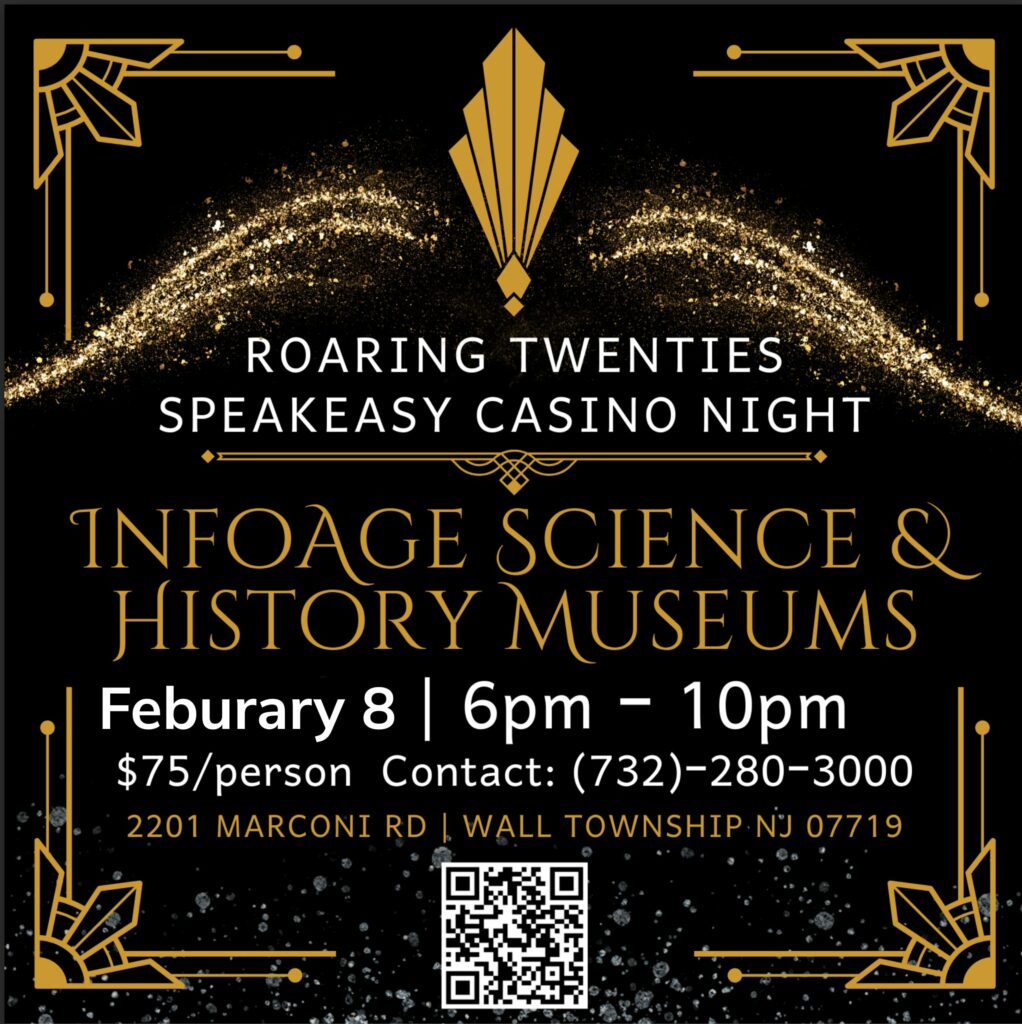The History of InfoAge Science & History Museums
World War II & Radar - Anti-Kamikaze Radar Developed at Camp EvansAnti-Kamikaze Radar Developed at Camp Evans
By Fred Carl
Based upon information provided by Cynthia Pomerleau, daughter of E. King Stodola and the 1988 published article by E. King Stodola; ‘Some examples of post World War II radar in the USA’, in Radar Developments to 1945, Edited by Russell Burns, Published by Peter Peregrinus Ltd., London, United Kingdom, on behalf of the Institution of Electrical Engineers.
Section 1 – Detection of moving target in clutter
Section 2 – First Radar Detection of the Moon
Section 3 – VERLORT/PRELORT Satellite Tracking Radars
Pages 478 – 492
- Camp Evans Engineers prepared special radar for the planned WWII invasion on mainland Japan
- Imagine yourself as an 18-year-old man in Japan. The year is 1945. Your nation has been at war for years, nearly a third of your life. The enemy is poised to attack your homeland. You are told the right thing for you to do is to get into a plane filled with explosives. Fly this plane into an enemy ship as the enemy attacks your homeland.
An older officer is instructing you and many other young men how to attack the enemy ships. They instruct you to “Fly low over the water with the mountains to your back”. This will make your approach invisible to the enemy’s radar and you will bring honor to your family. If you approach the enemy ship from other directions the radar-controlled guns will shoot you out of the sky. Fly low with the mountains to your back. By destroying an enemy ship you will protect your homeland, like a “Divine Wind”. You realize you will never enjoy a wife, enjoy children, or grow old to enjoy grandchildren. The officers instructing you will not get into a plane and will go home to their wife and children.
Realizing the Japanese military had found the radar blind-spot. Knowing the Japanese were saving planes and training their Kamikaze pilots to exploit the blind-spot the Allied invasion planners issued an urgent request to the radar laboratories of the Army, Bell Laboratories, the Navy, and MIT to eliminate the blind-spot. In the planned invasion of mainland Japan, victory was not the issue. The question was how many American’s would die conquering Japan. How many would loose their lives to the Kamikaze Divine Wind flying low with the mountains to their backs crashing their planes into ships and landing crafts?
A team of radar experts at Camp Evans under the direction of Mr. E. King Stodola took up the “urgent operational need for the detection of moving targets in clutter”. Mr. Stodola was one of the developers of the Army radar series, the SCR-270/271. An early model of this first-generation radar detected the Japanese planes as they approached Pearl Harbor on December 7, 1941. As experts in the SCR-270, they designed modifications to its circuitry and “phase synchronized by injection a pre-pulse crystal-controlled r.f. pulse” and added a special display system “to allow operators to distinguish moving targets.”
Six emergency internal production units were built at Camp Evans to meet the military need. There was too little time for contracting. Units were tested near Ellenville, NY, and in Navy landing craft. The units performed well. The radar blind-spot was now closed. The Allies were ready for the Divine Wind, even if they were flying low, over water with mountains to their backs.
The dropping of two atomic bombs ended World War II. The estimated 200,000 Allied troops expected to die in the invasion never had to get into a landing craft. Today thousands of Japanese grandfathers have enjoyed full lives. One can imagine they delight in their grandchildren. They were spared the last ceremonial drink of saki of the Kamikaze. In America, thousands of Pacific Theater veterans are grandfathers too, thanks to radar systems designed, tested, and upgraded at Camp Evans.
People can argue over the planned World War II memorial in Washington. We have a memorial to Allied victory, American ingenuity, and technical know-how right in Wall Township.
page created August 30, 2001
We Need Your Help! Volunteer with Us.
Join our mission to preserve historic Camp Evans and teach the public about science and history.
Sign up to join our team of volunteers and start on your own mission today.
InfoAge Science & History Museums
2201 Marconi Road
Wall, NJ 07719
Tel: 732-280-3000
info@infoage.org
webmaster@infoage.org

